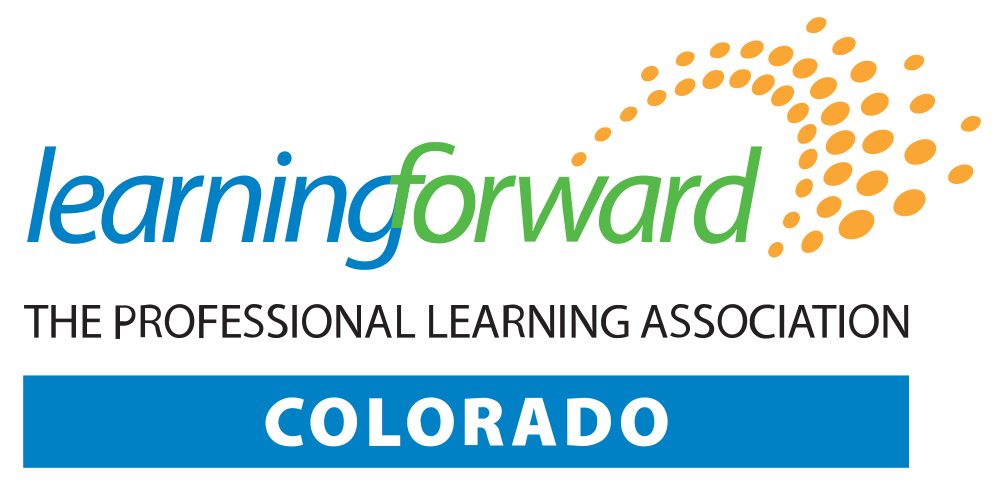by Kristin Souers and Pete Hall
This book supported my shift from waiting until tornados hit and reacting, to being proactive and avoiding the tornado altogether by having a plan in place before deregulation occurs. If it’s predictable, it’s preventable. I am not typically surprised by the student misbehavior in my classroom. Consequently, I make sure I have a plan in place to prevent the lid flipping from happening altogether. Tornadoes may still happen, but have been greatly reduced by building my understanding of student trauma, modeling a healthy response, and arming students with tools to respond to their triggers in a regulated way.
The authors also present a six-step communication process for those instances when student misbehavior cannot be avoided. When conflict does arise, this process of listening, reassuring, validating, responding, repairing, and resolving, has proven an essential tool for me in partnering with students, colleagues, and parents toward a positive and productive outcome.

Submitted by:
Sheryl Frye
NBCT, 5th Grade Teacher
